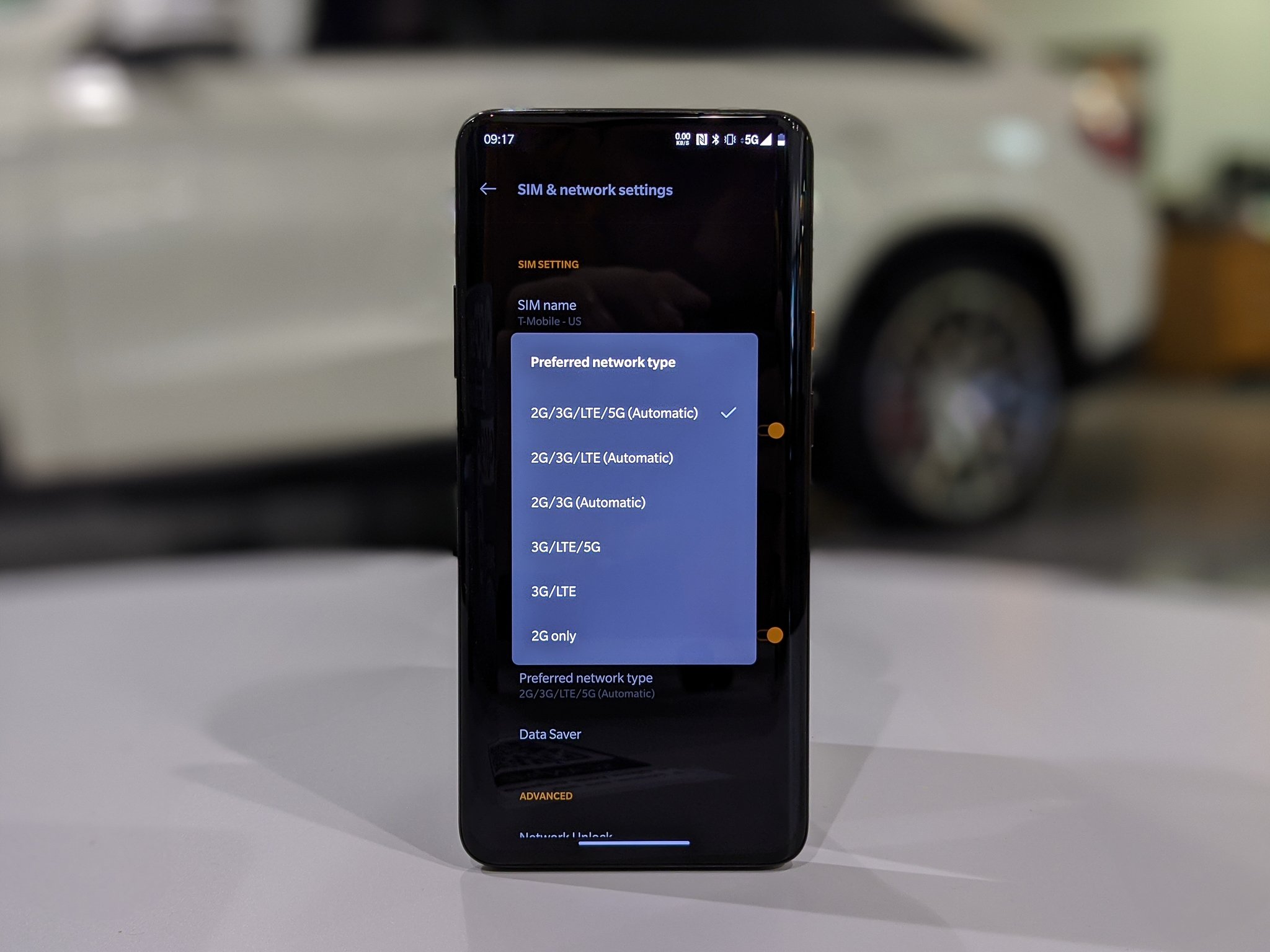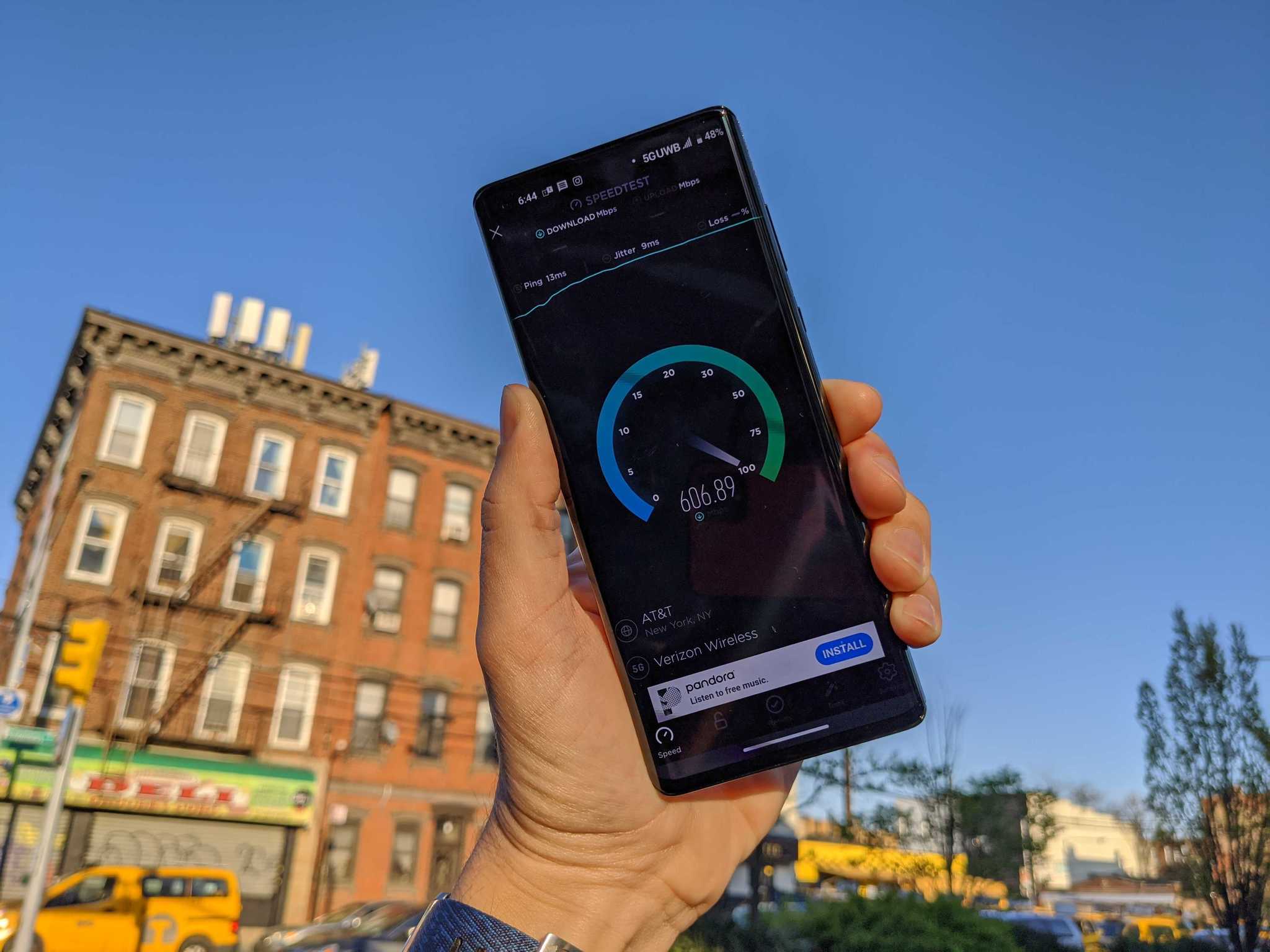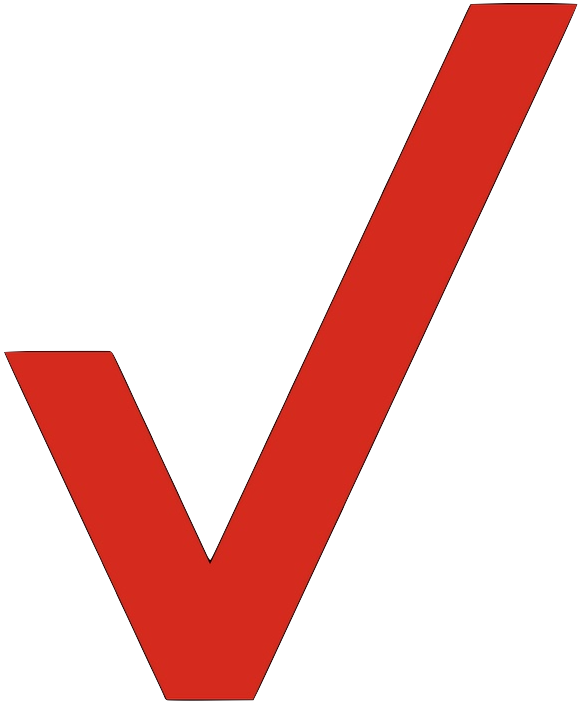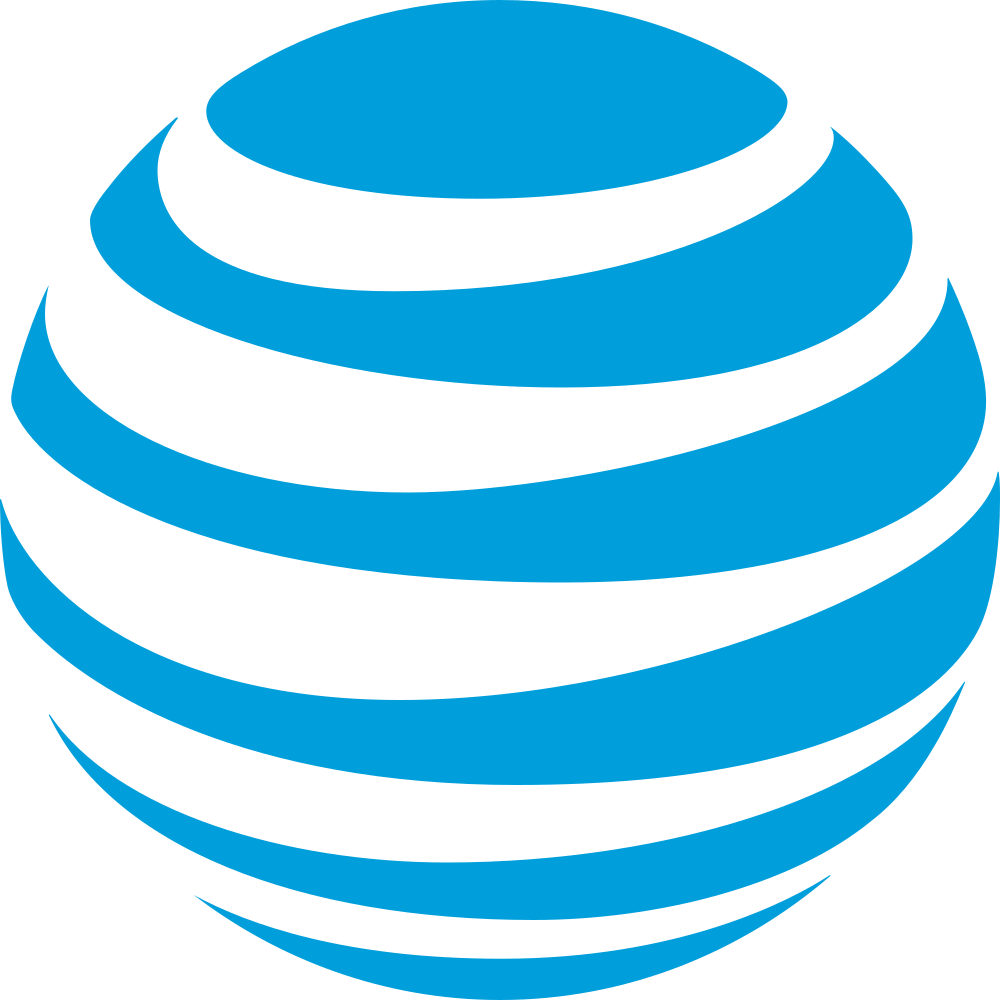The best 5G network will have a good balance of speed and coverage with room to grow and add capacity as 5G adoption increases. 5G connectivity is now available to millions of people in the U.S. thanks to improved support from phone makers and sub-6 5G networks. AT&T, T-Mobile, and Verizon all now offer 5G coverage with sub-6 and mmWave. However, T-Mobile has the best overall 5G network thanks to its wide sub-6 at both 600MHz and 2.5GHz coverage with room to grow with mmWave spectrum.
Best Overall: T-Mobile
T-Mobile's 5G network covers millions of people in the U.S. and if you live in an urban or suburban area, there's a good chance you have coverage. This is mostly thanks to T-Mobile's low-band 600Mhz spectrum, which offers excellent coverage and speeds comparable to fast LTE. T-Mobile is also continuing to improve its 5G network with Sprint's mid-band 2.5GHz spectrum in addition to its own mmWave spectrum.
Millimeter Wave, or mmWave spectrum, refers to frequencies in excess of 28GHz, which is available in massive chunks and allows for very fast speeds. This spectrum is ideal for dealing with large crowds in areas like stadiums or convention centers. Sub-6 5G uses the same range of frequencies used in LTE and Wi-Fi, ranging from 600MHz to 6GHz.
With this setup, T-Mobile can achieve greater capacity in dense urban areas while offering strong coverage in suburban and rural areas. You can check out T-Mobile's 5G coverage if you want to see if it's in your area, and if you have a phone compatible with its sub-6 5G, you'll be covered by the majority of the network. While it remains to be seen exactly how much T-Mobile will utilize mmWave in the coming years, it's large amounts of dedicated sub-6 5G spectrum gives it a significant technical advantage over its competitors.
With T-Mobile and its prepaid carriers, there are no plan requirements for 5G connectivity. You just need a phone capable of connecting to T-Mobile's band n71 and band n41. Luckily, this includes most unlocked 5G phones being sold such as the Galaxy S20 series and the Pixel 5.
Pros:
- Low-band, mid-band, and high-band
- No special plans
- Great coverage
- MVNO access
Cons:
- Speeds comparable to LTE in most areas
Best Overall
T-Mobile
Tons of spectrum potential
T-Mobile is building 5G with coverage and room to grow in speed and capacity thanks to a wide range of spectrum available.
Best mmWave: Verizon Wireless
One of Verizon's most significant strengths for years has been its massive LTE network, and even with 5G hype growing, that's the network most Verizon customers will be using for quite a while. Verizon has been catching up with its DSS sub-6 5G network since its launch in late 2020, but it's still the smallest of the bunch. Verizon started out building an mmWave 5G network it calls Ultra Wideband (UWB), and while it's certainly the most impressive mmWave network around, its coverage leaves a lot to be desired. Even so, UWB offers a ton of speed and even hosts Verizon's very fast 5G Home Internet service.
Keep in mind that UWB is only available on the top unlimited plans with a compatible phone. It's nice that if you're using UWB, you don't have any data or speed caps of any kind compared to sub-6. Verizon's sub-6 5G network, referred to as Nationwide 5G, is the newest major sub-6 network in the country but it has been making great strides to catch up to AT&T and T-Mobile. Even so, it's sharing spectrum with its LTE network, meaning that most of the time, it won't be significantly faster than LTE and may even fall behind a well-developed LTE network.
Still, it's nice that Verizon is developing a 5G solution both for mmWave in urban areas with coverage options for the rest of us. Verizon's UWB network is a huge investment and will take a long time to build but can lead to great advancements in connectivity especially in areas with poor wired service.
Pros:
- Home service with Ultra Wideband
- Low-band and high-band
- Nationwide 5G is on most plans
- Ultra Wideband is still one of the fastest connections around
Cons:
- Nationwide speeds are limited by the available spectrum
- Ultra Wideband is only on a few plans
Best mmWave
Verizon Wireless
Speed is the top priority
Verizon is building a powerful network with both sub-6 5G and mmWave on deck for future applications and home internet service.
Best Technology: AT&T
AT&T started out by building one of the largest mmWave 5G networks around, but at the end of 2019, AT&T began rolling out its sub-6 850MHz sub-6 network to make some real headway on coverage. AT&T is also using Dynamic Spectrum Sharing (DSS) to beef up its 5G network by sharing spectrum with its LTE network. Most people will use the 850MHz network.
AT&T has been very quick to adapt its network where needed with a combination of dedicated 5G bands, DSS, and mmWave where appropriate. Not only that, but AT&T's 4G LTE network is one of the fastest around, especially where it's fully developed. Still, AT&T's 5G network is impressive thanks to its rapid growth and its robust LTE network is nice to have as a fallback.
Customers with compatible phones and a plan that supports 5G can access both networks for improved speeds. Most AT&T unlimited plans support Nationwide 5G with a compatible phone but a few of the smaller data plans do not. AT&T also has fewer prepaid 5G options than T-Mobile, and those that support it like Cricket require an expensive plan to use it. It's worth keeping in mind that AT&T has taken to calling its advanced LTE network 5GE on some older phones. This does not mean you are connected to 5G in any way and simply means you are connected to the best of 4G LTE.
Pros:
- Great coverage
- Sub-6 and mmWave network
- Fast speeds on mmWave
Cons:
- Most speeds comparable to LTE
- 5GE icon confuses customers
- Some plans still don't offer 5G
Best Technology
AT&T
Sub-6 and mmWave working together
AT&T is following up on one of the most successful LTE networks with a fast 5G network with mmWave coverage in many cities offering even greater speeds.
Bottom Line
AT&T, T-Mobile, and Verizon all have sub-6 and mmWave networks with varying 5G coverage. T-Mobile took an early lead in 5G coverage thanks to its low-band spectrum but AT&T wasn't too far behind with its own low-band network. While AT&T spent more time focusing on mmWave, it's still managing to keep up with T-Mobile's pace with rapid expansion. Verizon was the last to deploy sub-6 5G but has been making solid progress with the network. There are even a ton of great 5G plans to choose from.
T-Mobile bet the farm on 5G, and it seems to be paying off. No matter how you look at it, T-Mobile has the best 5G coverage with the most sub-6 spectrum ready for deployment. While AT&T and Verizon are making rapid progress trying to catch up, T-Mobile's great low-band spectrum gave it a significant lead, and T-Mobile has kept up its lead thanks to its own high-band mmWave spectrum and the mid-band spectrum it got from its purchase of Sprint. With all of these elements, T-Mobile is poised to hold onto its 5G lead, and it has the spectrum to keep up expansion.
Credits — The team that worked on this guide
![]()
Samuel Contreras When Samuel is not writing about networking, he spends most of his time researching computer components and obsessing over what CPU goes into the ultimate Windows 98 computer. It's the Pentium 3.
Source: androidcentral





